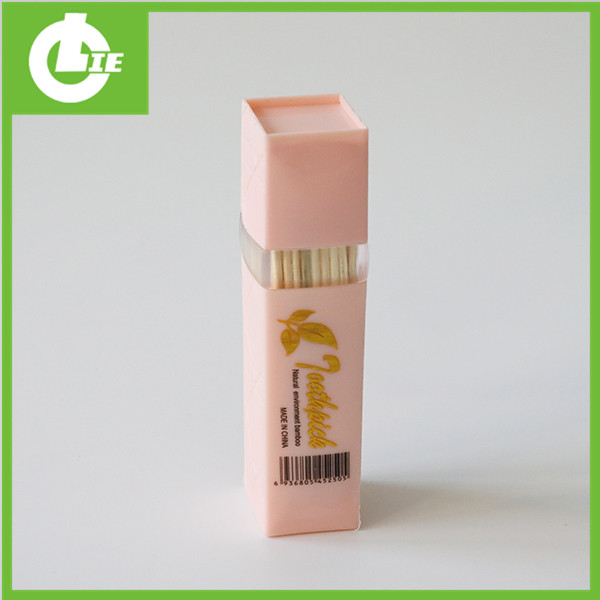The bamboo that has just been cut down can remain green for a certain period of time, but it will never be too long. As a bamboo ware made of bamboo, the color formation is closely related to the color of the bamboo. Because of the different types of weaving, the materials used are also different, but most bamboo weaving artists like to use fresher bamboo materials, because they have good toughness and elasticity, and the weaving will not break so easily. However, this kind of bamboo ware made of fresh bamboo materials will have different degrees of cracks and deformation due to the evaporation of bamboo water.
Therefore, high-quality bamboo woven bamboo ware is generally rarely made with very fresh bamboo materials, and requires certain treatment, and the most common one is drying. Since the bamboo was cut down, it has gradually been oxidized and water evaporated, and its color has been constantly changing. Therefore, the color of bamboo ware has an inevitable connection with the storage time of bamboo. In the natural bamboo ware that has not undergone any other treatment, the color cannot be kept consistent, showing different color changes. High-quality old bamboo will generally show light yellow-yellow-brown-red-brown over time (the above color is not accurate, just a reference), and inferior bamboo will eventually show a dark brown.
The color of natural bambooware cannot be uniform, and there will always be differences. Therefore, it is proved that whether the natural color is uniform can be judged according to whether the color is uniform. The use of bleaching agents can make bamboo white and bright, and chemical fuels can be dyed into different colors after proper blending. The color of such bamboos is uniform, but how much does bamboo after chemical treatment have to do with bamboo?
In order to make the color beautiful, the coloring of bamboo ware has become a conventional method. The coloring process is similar in most regions, but each region has its own way of fixing the color. The bamboo ware after the coloring process can prevent insects and mildew well. Insect mold is a natural pollution hazard of natural bamboo weaving. Because of insect mold, many exquisite bamboo utensils can only die halfway, which is a pity. No matter what kind of dyeing, the process is still more troublesome. Then there is paint, which can add different colors, and because the curing agent in the paint can strengthen the overall hardness of the bamboo. However, the smell of paint is always difficult to disappear, and it can always make the bamboo utensils lack something.
Collectible bamboo weaving enthusiasts all like natural bambooware or bambooware that has not been chemically treated. They often play with it, and they can play what people in the industry call patina. What kind of existence is this. I don’t have a primer, and I don’t know how. It should be noted that collectors always like to raise bamboo ware, which takes a long time. This kind of natural bamboo ware is the most valuable in the collection world.
There is also the use of a series of complex manual processing to achieve a long-standing effect in the vision. This is an art. It can also be said to be fake, but as long as it is not a vicious deception, it is only a way to add color to the bamboo weaving. Means is also a rare art.


